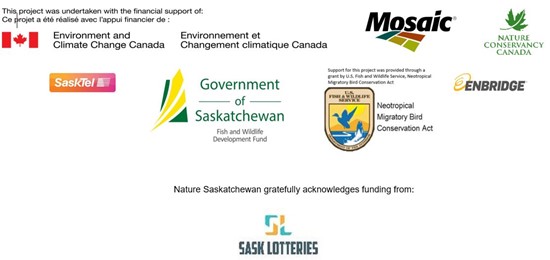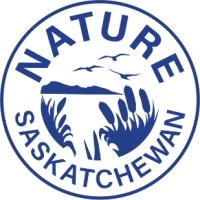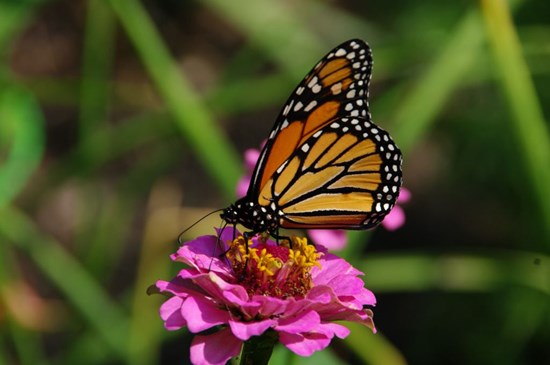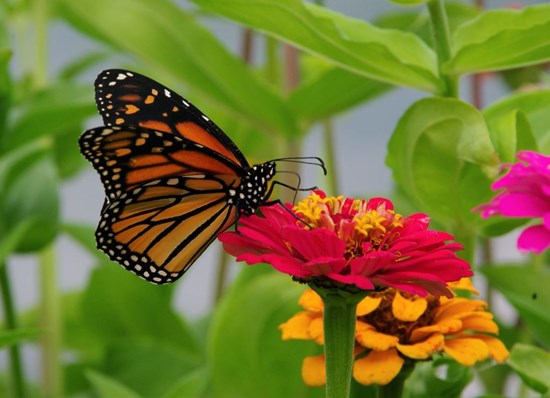Nature Saskatchewan - Flowers for the Flight: The Importance of Fall Plants to Monarch Butterflies
September 04, 2025 2:00 PM EDT | Source: Nature Saskatchewan
Regina, Saskatchewan--(Newsfile Corp. - September 4, 2025) - As the breeding season for birds wraps up in the prairies, keen observers can turn their eyes to another flighted critter that sticks around into fall- the Monarch butterfly.
The well-known Monarch yearly migration encompasses a journey of nearly 6,000 miles, a journey that takes four generations of this enigmatic species to complete. At the very northern tip of their range, Saskatchewan is lucky enough to host several generations of this butterfly over the summer months, from when they arrive in June until they depart with the frost in September. Most generations of the Monarch will only live a few weeks, living and breeding in partnership with the Milkweed plant on the prairies; the fall generation, however, is special, as this is the generation that lives 9 months, completing the entire migration south and propelling the population forward into the next year.
"To complete such a vast migration requires quite a bit of energy for such a small animal," Emily Putz, Habitat Stewardship Coordinator for Nature Saskatchewan's Stewards of Saskatchewan banner program comments, "this is where the public can come in to help!" Monarchs are struggling, with population declines of up to 90% and federally listed as an endangered species. One of their biggest threats is habitat loss, including both Milkweed habitat needed for breeding, but also other nectaring species. "There is a lot of emphasis on Milkweed habitat when talking about the Monarch," Putz notes," and other nectaring habitat is sometimes overlooked. The adults rely on a lot of our wildflower species to gain the energy they need in their life cycle."
For the fall generation, this means that folks can help by planting fall gardens, with species that bloom right up until frost. Native species that are favourites to the Monarchs and have bloom periods August-September include Goldenrods, Smooth Aster, Many-flowered Aster, Blazing Stars, and Black-eyed Susan. Including these in your garden can give not only Monarchs the boost they need, but also fuel other species late into the season, including bumblebees and migrating birds. "You get to enjoy blooms right up until the frost, and our wild native species get the energy they need," Putz concludes "It's a win-win!"
Other actions folks can do to help our Monarchs recover are to plant Milkweed and early blooming species, for the summer generations, and to report Monarch sightings throughout the summer to Nature Saskatchewan, so the population can be tracked. Nature Saskatchewan also strongly suggests staying away from captive rearing, as this popular action is very detrimental to the wild population and does more harm than good. Instead, create space and observe and report the Monarchs, egg through caterpillar through adults, in their natural habitat.
If you spot a Monarch, call Nature Saskatchewan's toll free HOOT-line at 1-800-667-4668 or email outreach@naturesask.ca. Every sighting helps monitor the population size and distribution. Stewards of Saskatchewan also works directly with rural landowners and managers to conserve and monitor this species at risk. As well, rural landowners can get involved in our Milkweed pasture monitoring, which aims to close knowledge gaps on Milkweed use in the prairies. If you would like more information on our programs, please contact us, personal information is never shared without permission.
Monarch butterfly
Photo Credit: Camille Dufour
To view an enhanced version of this graphic, please visit:
https://images.newsfilecorp.com/files/11728/265161_9f73e7b21403598a_002full.jpg
Monarch butterfly
Photo Credit: Camille Dufour
To view an enhanced version of this graphic, please visit:
https://images.newsfilecorp.com/files/11728/265161_9f73e7b21403598a_003full.jpg
For further information, please contact Nature Saskatchewan:
| Emily Putz | Rebecca Magnus | |
| Habitat Stewardship Coordinator | Species at Risk Manager | |
| Phone: (306) 780-9832 | Phone: (306) 780-9270 | |
| Email: outreach@naturesask.ca | Email: rmagnus@naturesask.ca | |
| Nature Saskatchewan | ||
Nature Saskatchewan is a charitable conservation and cultural organization of naturalists dedicated to conserving and promoting nature, its diversity, and the processes that sustain it. Our supporters include over 800 individual members and 15 local naturalist groups. Our vision is "Humanity in Harmony with Nature".

To view an enhanced version of this graphic, please visit:
https://images.newsfilecorp.com/files/11728/265161_naturesaskatchewan.jpg

To view the source version of this press release, please visit https://www.newsfilecorp.com/release/265161



